Install A Kitchen Countertop (Without Removing The Old One)

by
Robin Lewis
(IC: vlogger)
12 Materials
This is a relatively simple way to update a kitchen by adding a new timber benchtop, without the trouble of removing the old one.
{
"id": "3760670",
"alt": "",
"title": "",
"video_link": "https://www.youtube.com/embed/nVZWBLSZCzE",
"youtube_video_id": "nVZWBLSZCzE"
}
{
"width": 634,
"height": 357,
"showRelated": true
}
I was recently asked by a friend to help update his kitchen. The melamine benchtop had cracked and chipped and he wanted to bring it up to date by changing it to a wood countertop. Instead of removing the old one I simply installed the new one over the top of the existing one. This would speed up the project but also raise the already low benchtop.
Most countertops are roughly the same depth (this is to accomodate the cabinets makers, appliance manufacturers, etc) so if you were installing a square or rectangular benchtop this would be a simple case of buying a prefab one from the store and cutting it to length. In my case I had a corner to deal with and decided to go with a mitre join.
I started by measuring the existing countertop. Be sure to add a small overhang so that you can cover the existing benchtop. I extended mine by roughly 30cm.
Transfer the measurements onto the store bought benchtop. This was roughly $100 AUD at my local big box store, but I've seen them even cheaper.
Using a circular saw and a piece of wood as a guide, I cut the benchtop to length.
Here you can see the mitre (or 45 degree) cut that I created with the 2 pieces.
Next you need to "key" the surface. You can do this with a knife or sandpaper. All you're doing is creating small indents for the glue to lock into. Melamine is notoriously smooth and slippery so glue won't stick to it. Doing this ensures a good bond.
Now you can add the construction adhesive. Add a liberal amount because this is going to have to hold the timber in place, but it also fills any voids if the surface is slightly uneven.
As a general rule timber will move with seasonal changes. In most cases you need to allow for this but with this method we aren't allowing the countertop to move at all. This is fine provided to use enough "fasteners" to stop it from moving. Because this kitchen is indoors it will only be slightly affected by seasonal changes, but you still need to make sure there is as much glue applied as possible (without putting on so much that it squeezes out everywhere).
Place the new counter top into the bed of construction adhesive.
While holding the countertop in place, add screws from below, through the existing bench. I had a friend help apply pressure from the top, but you could also use clamps. This is important to make sure the new bench doesn't move as you drill, but it also squeezes the glue into the 2 surfaces.
Once the glue has dried you can sand the counter if needed.
And apply finish if it wasn't pre-finished.
And there it is! Now I just have to finish the rest of the kitchen
Enjoyed the project?
Resources for this project:
See all materials
Any price and availability information displayed on [relevant Amazon Site(s), as applicable] at the time of purchase will apply to the purchase of this product.
Hometalk may collect a small share of sales from the links on this page.More info
Published February 28th, 2017 7:29 AM
Comments
Join the conversation
3 of 108 comments
-
 Michaela
on Jul 17, 2020
Michaela
on Jul 17, 2020
I love it. I have tiles on my countertop and i would love to get a new one and raise the counter is it possible to add a counter on top of tiles? How is that with the sink?
-
 Tara Austin
on Dec 01, 2020
Tara Austin
on Dec 01, 2020
I don’t think they did the sink side
-
-
-
 JoElizabeth
on Aug 21, 2022
JoElizabeth
on Aug 21, 2022
Need pics of sink side
-



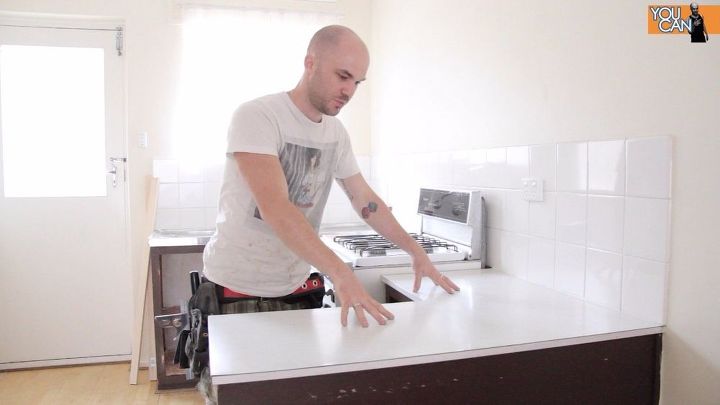























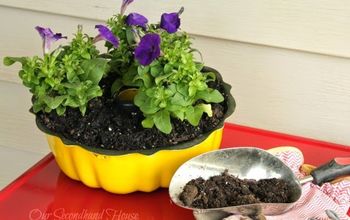
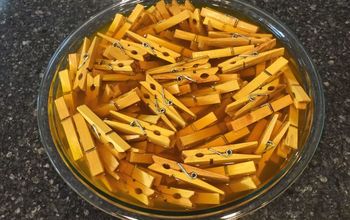



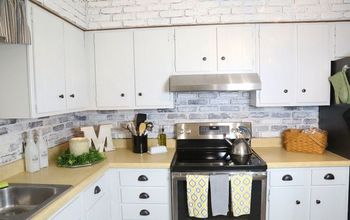
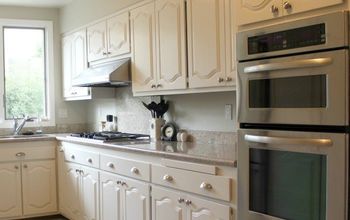
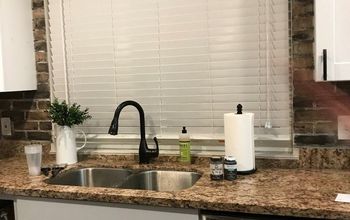
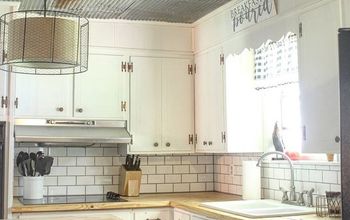
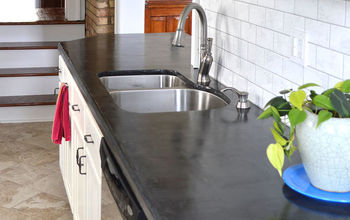
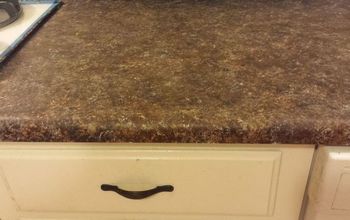
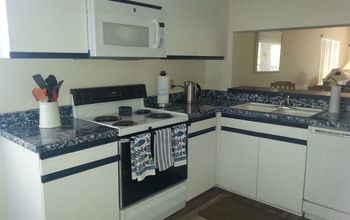
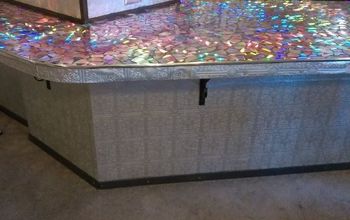
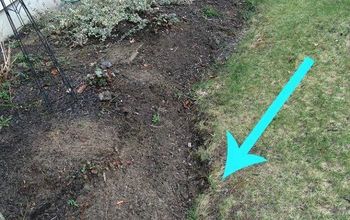

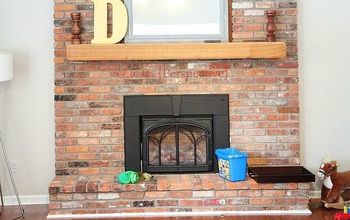
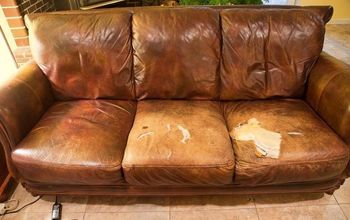
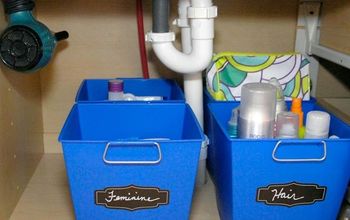
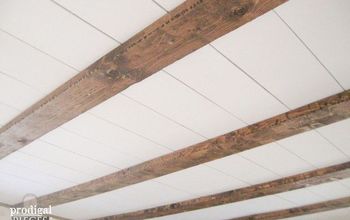

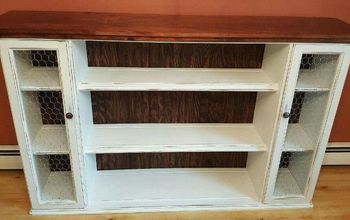
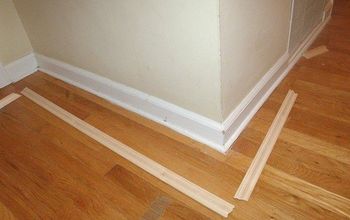
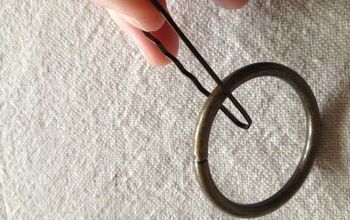
Frequently asked questions
Have a question about this project?
All wonderful to consider. I do not want to remove old laminate. I was wondering just how thin the new wood countertop could be so the height of new countertop would not be too high? Please advise and thank you.
How do you cover the lip of the previous counter top?
Why didn't you do the sink side?